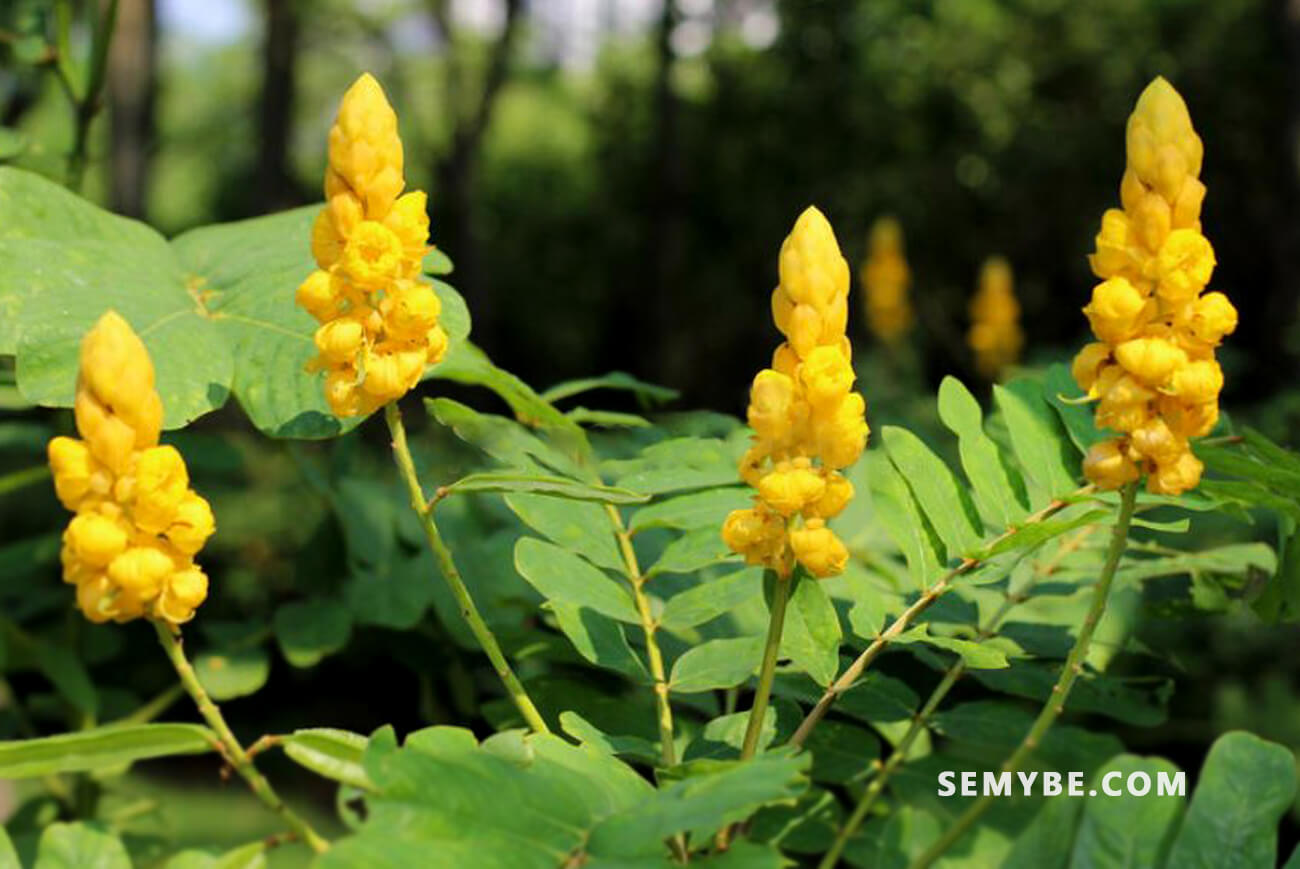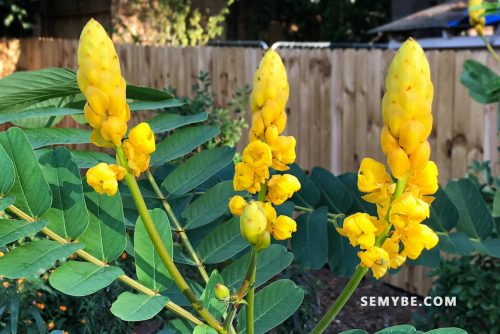
Cassia Alata
1. History and use
This plant is used all over Africa in skin conditions and on the other hand it is used internally as a purgative. These are the leaves that are used in applications either as such or after being ground.
2. Description of the plant
It is a shrub 2 to 3 meters high, the leaves are large, pinnate compound, the flowers are very ornamental yellow and the fruits are straight pods up to 25 cm long.

3. Curative action
The antibacterial and antifungal action of the leaves of Cassia alata was very well studied by FUZELLIER in his thesis in 1983. The active ingredients are glycosides whose sugar is glucose and the genomes of the anthracene derivatives on staphylococcus, which is the most frequently encountered germ in infected wounds, has been verified, antifungal action exists on all dermatophytes but not on yeasts.
4. Uses
- Dermatosis – Mycoses
The best way is to use the juice of fresh leaves obtained after grinding directly on the lesions. An ointment containing 10% of an extract of the plant by alcohol 50 ° can be easily prepared by the pharmacist and gives very good results on all fungi and moths.




